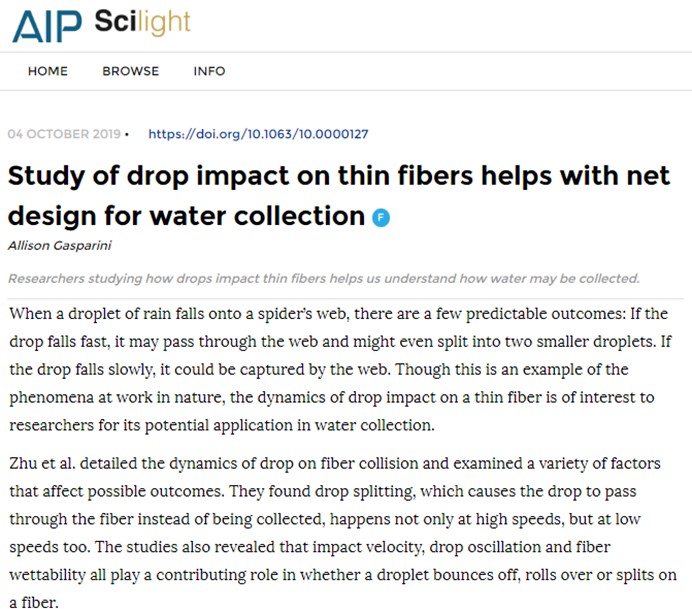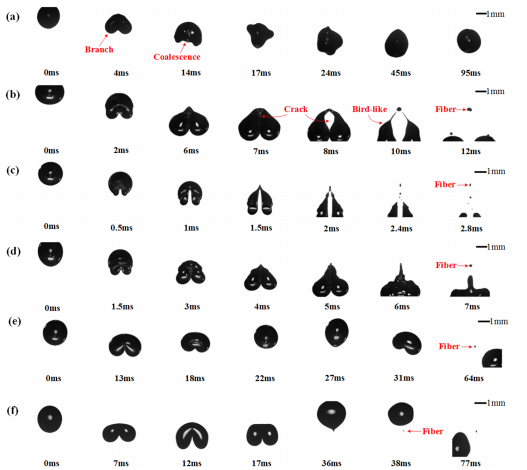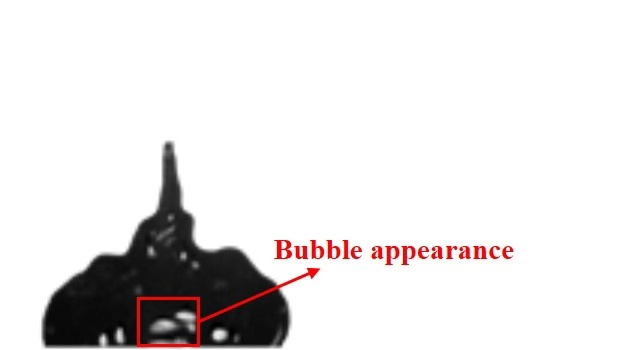——A paper from Prof. Zou Jun's research group was selected as Editor’s Pick and reported by AIP (American Institute of Physics)
A paper entitled as “Experimental study of drop impact on a thin fiber” from Prof. Zou Jun’s research group who is the fixed member of The State Key Lab of Fluid Power & Mechatronic Systems, was successfully published in the top fluidics journal Physics of Fluids. Meanwhile, the paper was selected as Editor's Pick and reported by AIP (American Institute of Physics).

(Paper publication screenshot)

(AIP (American Institute of Physics) key report)
"A tiny flower represents a Chiliocosm, as a single tree covers the bodhi". Let's take a look at the big world in the small droplet.
After the summer rain, a lot of crystal-clear water droplets will appear on the spider web. Humans have used the water collecting characteristics of spider webs to develop mesh mist collectors, which are arranged in arid areas in a large number and greatly solves the problem of water shortage in these areas.

(Pictures from the Internet)
And when the drop passes through the thin fibers, the morphologies are different. A great poet said that "love is everywhere" and the world of droplet is full of romantic elements. Some are like "love" and some are like kissing birds.


Loving heart Kissing Birds
The paper has further studied these forms of impingement outcomes. Through systematic experiments, it is found that the morphology of the droplet passing through the fiber changes with the impact speed, fiber diameter ratio, fiber contact angle and so on. By controlling and adjusting the two important parameter variables: Weber number and fiber diameter ratio, we can subdivide the experimental results of the collision into the following categories: drop was captured by fiber (a),low-speed splitting ( b), high-speed splitting (c), single drop falling (d), slide-off (e) and partial rebound (f), as shown in the following figure.

The paper subverts the conventional cognition of splitting mode when drop passing through thin fiber, and firstly proposes and clarifies the different splitting mechanisms of low-speed and high-speed regions in the process of droplet passing through thin fiber. The drop splitting in the low velocity region is largely related to the vibration of the droplet. The moment at which the two daughter droplets begin to split is often close to half the Rayleigh time of the droplet. The rebound of the droplet vibration causes the two daughter droplets to separate from each other. Therefore, there is no fusion. For droplets in the high-speed region, the inertia dominates the splitting process, and the reaction force of the droplet impacting the upper surface of fiber causes the two sub-droplets to obtain a horizontal velocity in the opposite direction, thereby facilitating the splitting of the droplets.
In addition, we are concerned that there is also a difference in the fusion position when single drop passing though the fiber. At low speeds, the droplets can extend fully around the fiber until the two sub-droplets fuse beneath the fiber. under the circumstance, no cavity is formed and no bubbles are observed. When the impact velocity of the droplet increases, the shape change of the sub-droplets causes them to merge with each other firstly without forming a complete wetting of the fiber, so that there is a cavity below the fiber and then collapse to form bubbles.

Exploring the mysteries of nature has always been an important way for human beings to constantly update their cognition. These subtleties contain the mystery of nature. This paper is also reported by AIP and reflects the reader's interest and concern about natural phenomena. The research team has been concentrating on various fluid phenomena and hopes to realize the goal of understanding nature and ultimately transforming nature by exploring the mechanisms behind it.
For the details of the paper and related comments, please refer to:
https://doi.org/10.1063/1.5116845
https://doi.org/10.1063/10.0000127

